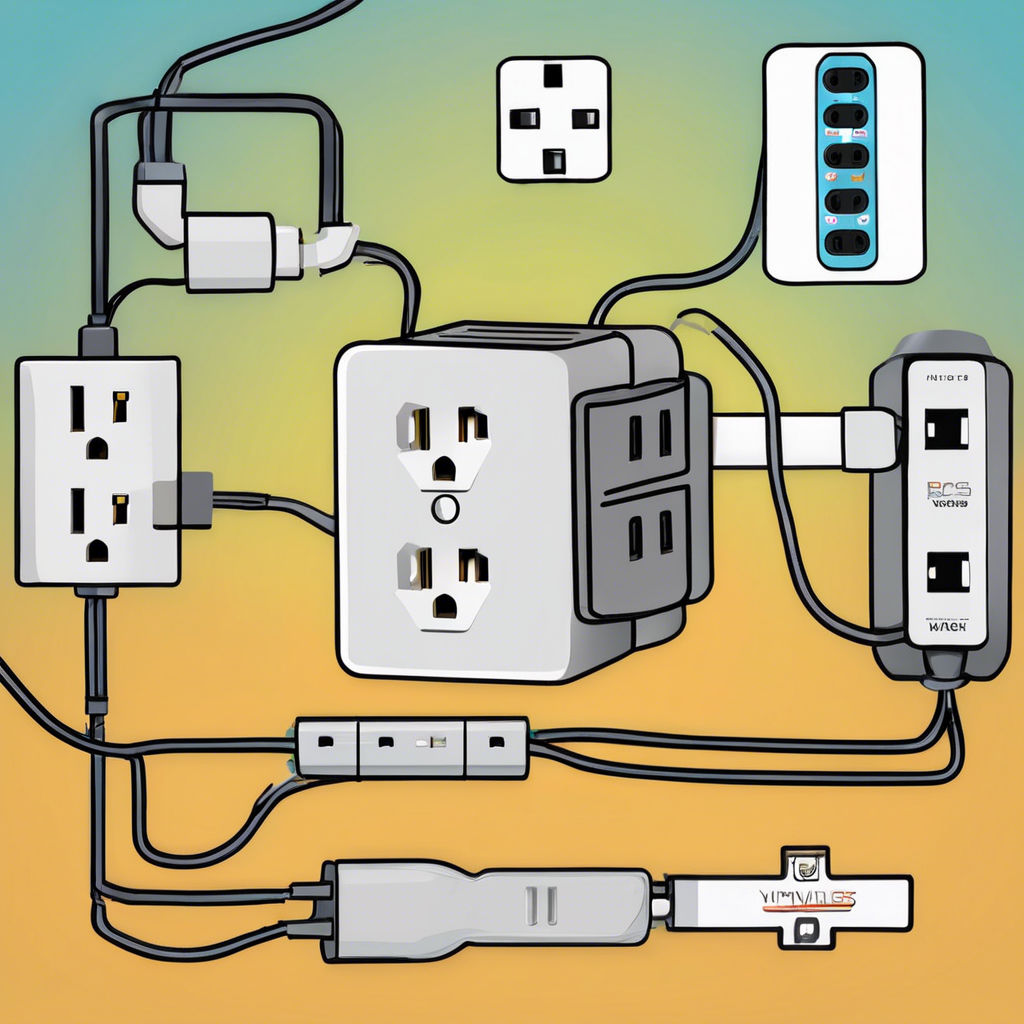It’s easy to overlook the simple gadgets that can make a big difference in our energy consumption habits. Enter the humble smart plug and its cousin, the power strip. These devices have the potential to help us reduce energy waste and save some money on our energy bills. But which of the two is the real energy saver?
Smart plugs are a nifty invention. They allow users to control plugged-in appliances remotely via a mobile app or smart assistant. This means you can turn on your lights, adjust the temperature of your smart kettle, or even start your coffee maker from the comfort of your bed. The energy savings come from the ability to cut off power to appliances that are not in use, thereby eliminating standby power consumption.
On the other hand, power strips mainly serve as an extension cord with multiple outlets. They don’t offer remote control options or the fancy smarts of their plug counterpart. Their main advantage is convenience, letting you plug in multiple devices in one go. But this also means that power strips can be energy guzzlers, especially when several high-power appliances are connected.
So, which is the better energy saver? Smart plugs have the upper hand here. Their key advantage is the ability to shut off power completely, whereas power strips lack this feature. Smart plugs also offer more tailored control over each appliance, which can make a significant difference in energy consumption.
But smart plugs aren’t the catch-all solution. They require a certain level of technical savvy and access to a smart home ecosystem, which can be a barrier for some. Additionally, the initial costs of buying smart plugs can be off-putting, especially for those on a tighter budget.
In comparison, power strips have the benefit of being a simpler, more affordable option. They’re also versatile, catering to a wide range of users, and many come with built-in surge protection, which can be a crucial safety feature.
Ultimately, both smart plugs and power strips have their merits and can contribute to reducing energy waste. Smart plugs offer more precise control and the convenience of remote access, while power strips provide a more straightforward, no-frills solution, which can be a better fit for some homes and budgets.
So, the battle between smart plugs and power strips ends in a tie. Each has its unique advantages, and the right choice depends on individual home needs and energy goals.
